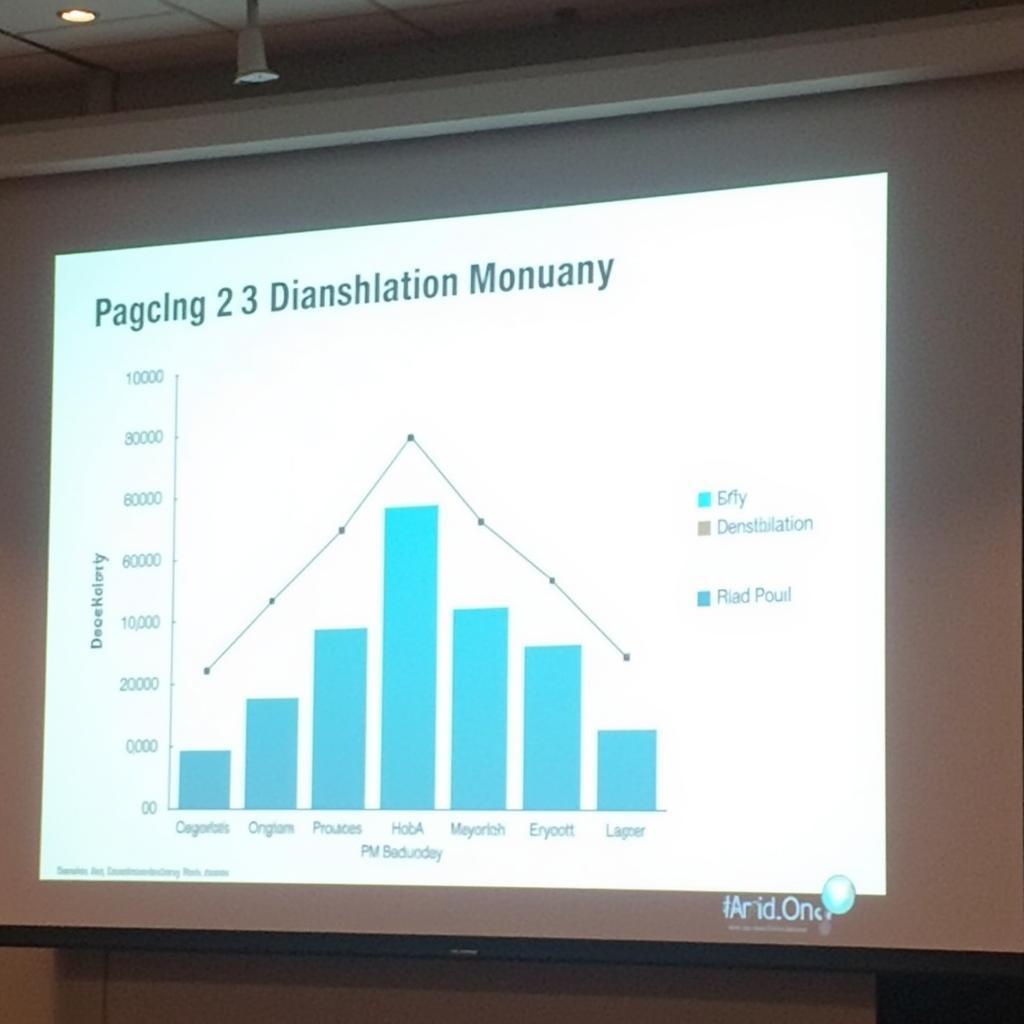Research Presentations are the culmination of your hard work, a chance to share your findings and make a lasting impact. Whether you’re presenting to colleagues, professors, or a wider audience, a captivating and informative presentation is key.
Crafting Your Content: Building a Solid Foundation
Before diving into slides and visuals, it’s crucial to lay a strong foundation for your research presentation. This starts with understanding your audience and tailoring your content to their interests and knowledge level.
Defining Your Audience and Purpose:
- Who are you presenting to? Are they experts in your field or a more general audience?
- What are their expectations? Do they anticipate a high-level overview or a deep dive into your methods and results?
- What key takeaways do you want them to remember? Define 2-3 main points you want to emphasize.
Structuring Your Presentation: A Logical Flow
A well-structured presentation is like a compelling story – it draws the audience in and keeps them engaged. Here’s a general framework:
- Introduction: Start strong by introducing your research topic and outlining the key questions you’ll address.
- Background: Provide context by briefly reviewing existing literature and highlighting any knowledge gaps your research aims to fill.
- Methodology: Clearly explain how you conducted your research. What methods did you use? What data did you collect?
- Results: Present your findings in a clear and concise manner. Use visuals like charts, graphs, and tables to illustrate your data.
- Discussion: Analyze your results and discuss their implications. What conclusions can be drawn? How do your findings relate to previous research?
- Conclusion: Summarize your key findings and reiterate their significance. End with a call to action or future research directions.
Visuals that Speak Volumes: Engaging Your Audience
Visual aids are essential for bringing your research to life. They can help to simplify complex information, highlight key trends, and make your presentation more memorable.
- Choose the Right Visuals: Select visuals that best represent your data and support your message. Consider using a mix of charts, graphs, images, and even short videos.
- Keep it Simple and Clear: Avoid clutter and overwhelming your audience with too much information on a single slide. Use clear labels, legible fonts, and a consistent design.
- Tell a Story: Use visuals to guide your audience through your research journey, from initial questions to compelling conclusions.
 Equity Research Associate at UBS
Equity Research Associate at UBS
Delivering with Confidence: Owning the Stage
The delivery of your presentation is just as important as the content itself. Here’s how to command attention and leave a lasting impression:
Practice Makes Perfect: Rehearsing for Success
- Practice, Practice, Practice: Rehearse your presentation multiple times to become familiar with the flow and timing.
- Record Yourself: Video or audio record your practice sessions to identify areas for improvement in your delivery.
- Time Yourself: Ensure your presentation fits within the allotted time frame.
Engaging Your Audience: Tips for Captivating Delivery
- Make Eye Contact: Connect with your audience by making eye contact with individuals throughout your presentation.
- Vary Your Tone and Pace: Avoid monotony by modulating your voice and using pauses for emphasis.
- Be Enthusiastic: Your passion for the research will shine through and engage your listeners.
- Handle Questions Effectively: Anticipate potential questions and prepare thoughtful responses.
Conclusion: Sharing Your Research with the World
Research presentations are an invaluable opportunity to share your discoveries, engage in academic discourse, and contribute to your field. By crafting compelling content, designing engaging visuals, and delivering with confidence, you can ensure your research makes a lasting impact. Remember, your presentation is a chance to inspire, educate, and spark further exploration in your area of study.
FAQs About Research Presentations
- How long should my presentation be? The ideal length varies depending on the context, but aim for a concise presentation that respects your audience’s time. Typically, 15-20 minutes is a good target.
- What if I get nervous while presenting? Nervousness is natural. Take deep breaths, practice beforehand, and focus on your message rather than worrying about perfection.
- How can I make my slides more engaging? Use high-quality images, incorporate visuals like charts and graphs, and keep the text minimal.
Need Help With Your Research?
Contact us at:
Phone: 0904826292
Email: research@gmail.com
Address: No. 31, Alley 142/7, P. Phú Viên, Bồ Đề, Long Biên, Hà Nội, Việt Nam
Our team is available 24/7 to assist you.